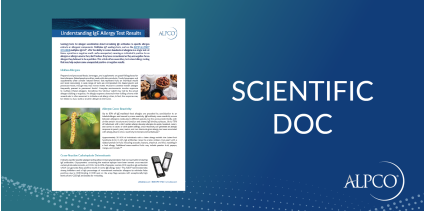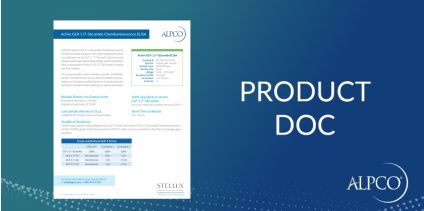Vitamin B1 HPLC
$314.00
Catalog
30-2201
The Vitamin B1 HPLC Assay is intended for the quantitative determination of Vitamin B1 in EDTA-blood. For Research Use Only. Not for use in diagnostic procedures.
Species
Human
Regulatory Status
Research Use Only. Not for Use in Diagnostic Procedures.
Product Distribution
Available in North America Only
Range
12 - 192 nmol/L
Sensitivity
0.13 nmol/L
Sizes
100 Tests
Sample Types
Plasma
Inc Time Hour
1
Inc Time Minute
35
Inc Time Overnight
No
Inc Time See Protocol
No
Sample Size
50
Vitamin B1 (thiamin) is watersoluble, consisting of a pyrimidine- and thiazolring linked via a methylen bridge. It is sensitive to alkaline solution, oxidation, and reduction. Vitamin B1 is produced by plants and microorganisms. It is found free, peptide bound, and as phospho-esters (mono-, di- and triphospho-esters). The intake of thiamin in the gut is maintained by active transport and passive diffusion. The different phospho-esters are synthesized by phosphorylation and dephosphorylation. The active form in metabolism is thiamin pyrophosphate, and in the brain thiamin triphosphate. After dephosphorylation, thiamin is secreted by the kidney. Thiamin pyrophosphate plays an important role as a co-enzyme in carbohydrate- and amino acid metabolism. An important reaction is oxidative carboxylation. Thiamin itself is required for stimulating nerve cells. In addition, it stimulates fatty acid- and cholesterol-synthesis in nervous tissues. A classical disease for the lack of Vitamin B1 is Beri Beri, which is associated with Asian populations that eat predominantly white rice. The symptoms are paralysis, drop in muscle mass, and heart failure. Other diseases are Wernicke-encephalopathie, Korsakow-syndrome, and several forms of Landry`s paralysis. Alcoholism also commonly leads to thiamin deficiency.







